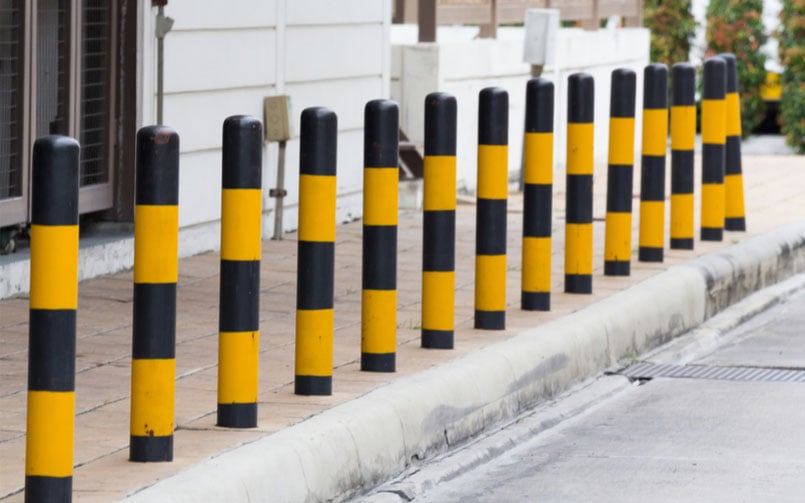Keeping people and vehicles safe in shared spaces is a growing concern across cities, particularly in high-traffic areas, such as shopping centres, schools, and car parks. One of the most reliable solutions used in these areas is the use of safety bollards. These are strong posts installed in key locations to control traffic flow, protect pedestrians, and reduce the risk of vehicle collisions. Alongside traffic barricades, they create safer and more organised environments. This article explains how these tools work, where they are used, and why they matter.
What Are Safety Bollards and How Do They Work?
Safety bollards are short, firm posts placed in areas where pedestrian and vehicle zones meet.
They act as clear physical barriers that stop cars from entering footpaths or protected areas. Some bollards are fixed permanently in place, while others can be removed or folded down when access is needed. They help drivers stay in the right lanes and guide people to walk safely.
Common Places Where Safety Bollards Are Used
You’ll often see safety bollards in places like walkways, building entrances, bike lanes, and loading docks. In car parks, they keep pedestrians safe when they’re walking between parked vehicles. In front of shopfronts, they protect glass windows from damage. On busy streets, they separate vehicles from people waiting to cross. Their presence makes roads and public spaces feel more secure.
How Traffic Barricades Add to Road Safety
Like bollards, traffic barricades control movement in crowded or risky spaces. They are often used during road repairs, public events, or in emergency situations. These barriers guide both vehicles and pedestrians around dangerous zones or block off roads entirely when needed. Temporary barricades are easy to set up and move, making them ideal for short-term safety plans.
Why Safety Bollards Are Important in Australia
Australian road safety rules support the use of bollards in both public and private areas.
Design guidelines ensure they are spaced properly and are easy to see. Some models even absorb energy from car impacts to prevent serious harm. Combined with traffic barricades, these tools help manage risk in both high-traffic urban areas and remote regions with fewer safety signs.
Choosing the Right Safety Equipment
Different situations need different types of safety bollards and traffic barricades. For high-risk areas, you may need crash-rated bollards that stop fast-moving cars. In event zones, lightweight barricades are easier to move. When planning installations, local councils often consider factors like traffic volume, nearby schools, and disability access before making decisions.
Conclusion
People and cars need to move safely through cities and suburbs. Tools like safety bollards and traffic barricades help create order and reduce accidents in shared spaces. They protect buildings, guide traffic, and give pedestrians a clear sense of safety. Whether permanent or temporary, these simple structures play a key role in keeping communities secure. As Australian cities grow, using them wisely becomes even more important. From busy streets to quiet car parks, these tools will continue to support safer public environments.
